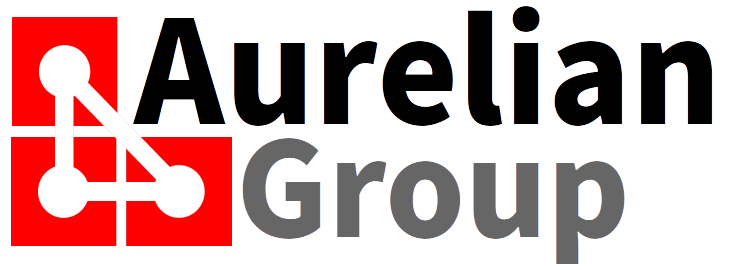It seemed such a great idea at the time - implementing the new business application. During the procurement process, all the vendors and partners ensured that it will be magnificent - the benefits would be realised without a question. It would be foolish to delay the project, as the benefits would certainly pay for the project... Of course, the implementation took longer than expected, and there was a non-trivial cost overrun. All the more reason to focus on the benefits, let's start raking them in. But where are the benefits?
The fly and the window
We have all seen the futility of the fly hitting the window at every possible angle, trying to get out. No matter how many attempts, the window obstructs the way to the outside. Following the same procedure and expecting a different outcome - we all know that is not likely to happen. Yet, with ERP/CRM implementations, a major obstacle to realizing any benefit is the drive to make the new system like the old system as much as possible. Doing the same thing not only is a questionable approach towards getting better results, it actually has a negative impact on the cost - maintaining status quo with a new system is a costly exercise.
Got it - we did change our approach, where are the benefits?
The new system is in, and process improvements have been widely accommodated in the configuration. Great work! How is the adoption going? The biggest threat to realised value is mediocre adoption. Adoption is getting more and more attention, because E(effectiveness) of the solution is its Q(uality) times A(doption) - 80% adoption and 20% of the effectiveness potential is out the window (The formula is an oversimplification but is a great way to illustrate the point). The fact is, no matter how easy change management principles seem on the surface, it requires dedication and perseverance to see it through its conclusion - any change has to have a tangible benefit and it must be reinforced. Simple on the surface, but much harder to accomplish in practice.
Abandon all hope? Steps you can take to remedy this and save the benefits!
Failure not an option? Well, actually, failure is always an option. Ignoring it is not going to make success magically appear. However, at no stage, in no situation, does failure represent the only option. First, let's determine if there are other factors at play - for instance, given the many choices there are in the ERP/CRM software, and on top of that the choices of partners, methodologies, and configurations, we are setting ourselves up for disappointment (see The Paradox of Choice).
· How far off is the realisation of benefits? (if you have not quantified the potential benefits, it is not too late to do so)
· Are the incentives aligned to drive the right behaviour? (if you have not adjusted any incentives, the answer is most probably "no")
· Is the staff adequately trained?
· Were the benefits overstated? (this is quite common - a business case has to stack up
It typically takes about two months to stabilise the organisation after an implementation. After this time, it is highly recommended to conduct an independent review of the benefit realisation - the outcome of which is a list of actions you can take to increase the return on the investment. Such review should contain:
· Potential optimisation or simplification of processes
· Potential training opportunities
· Previously not uncovered benefits
· Potential to revise incentive plans
Aurelian Group can perform such review for your implementation. Contact us to discuss your particular requirement.
Originally posted: 18 September 2017
